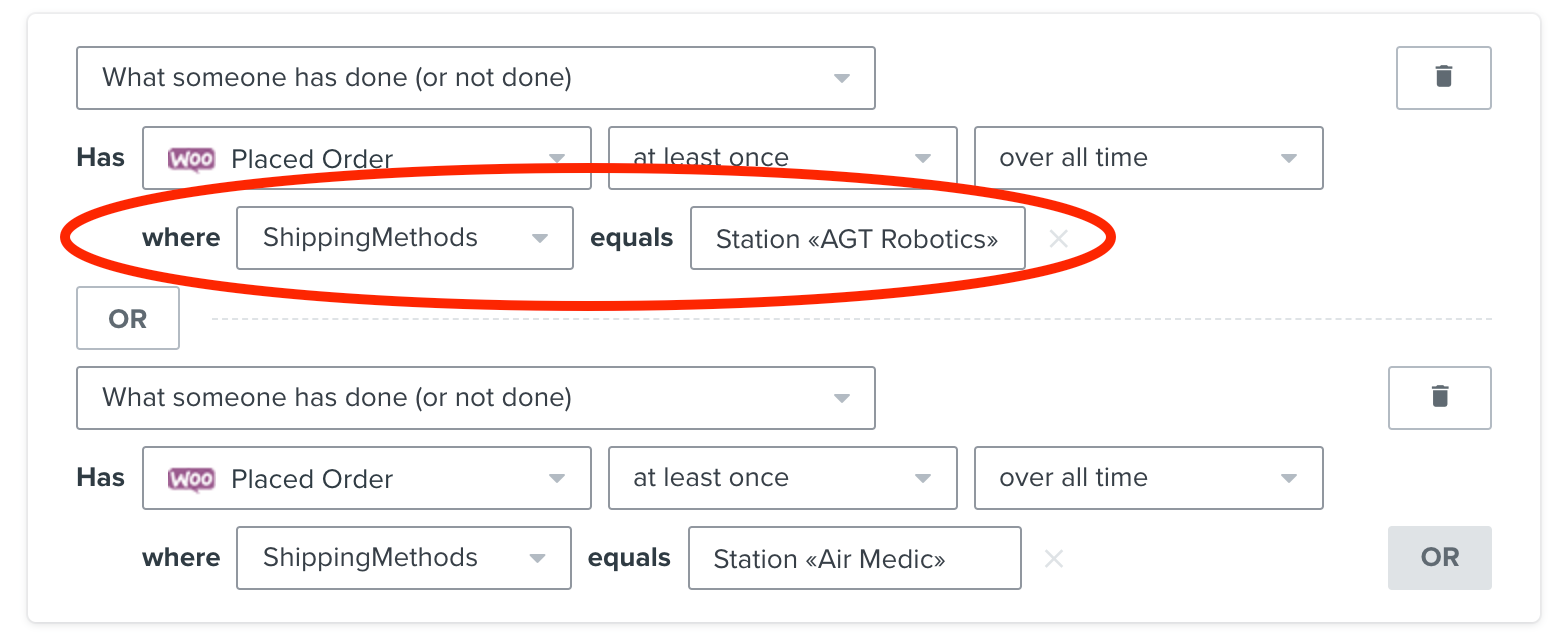Hi everyone, how to build a segment that filter the contains in a product name (ItemNames)? I heard that the availability of the contains definition depends on the format of the data that is being shared to Klaviyo, so how to check if data format of ItemNames surely is list data or text data?
I have tried to segment as picture attached but it doesn’t work, no any results.
Please advise, thank you so much!

Best answer by alex.hong
View original

![[Academy] Deliverability Certificate Badge](https://uploads-us-west-2.insided.com/klaviyo-en/attachment/505f2253-cde5-4365-98fd-9d894328b3e0_thumb.png)




